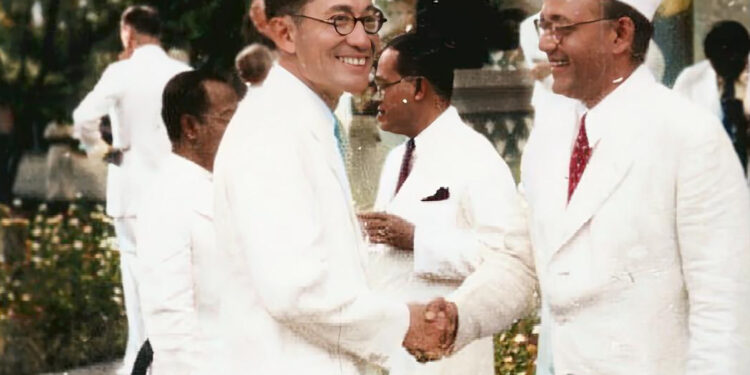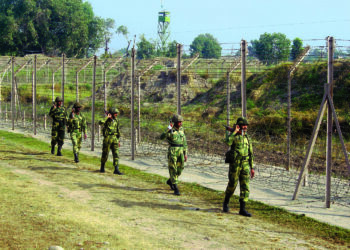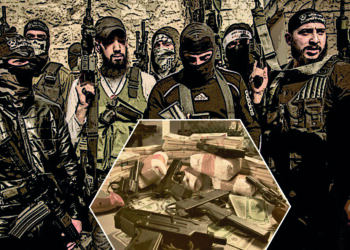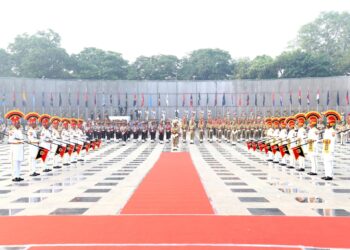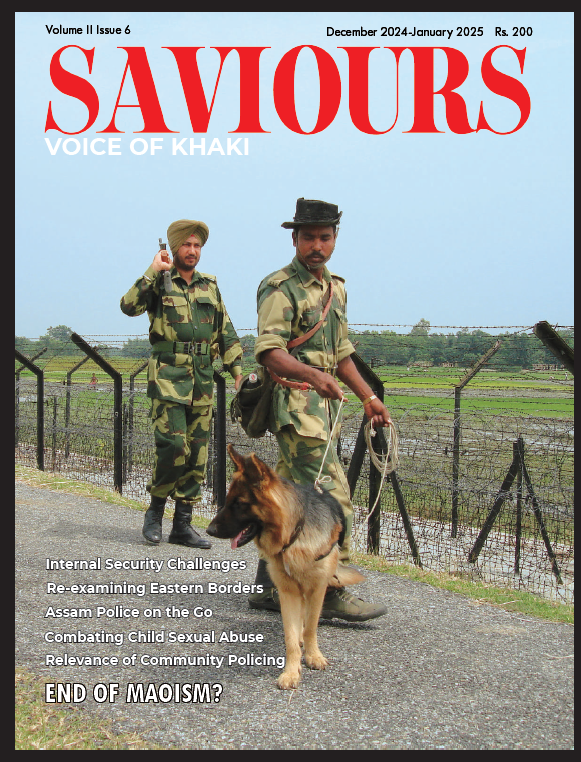was invited to attend the National Unity Day function on 31 st October, which coincides with the birthday of Sardar Vallabhbhai Patel, at the Indian Embassy, Bangkok. Ambassador Nagesh Singh, who had just joined two days back, gave an excellent extempore speech on his hero Sardar Patel highlighting inter alia his greatness and achievements. Some others from the diaspora spoke and drew parallels between Sardar Patel and Netaji Subash Chandra Bose. As a history student, I was primarily unaware of Netaji’s closeness to Thailand and his impact on the then diaspora and Freedom struggle.
The Indian Independence League ( IIL ) was headquartered in Chonburi, Thailand. It was the only organization then for all activities related to India’s freedom struggle in Southeast Asia and worked under the guidance of the Provisional Government of Azad Hind. It was primarily established to foster Indian nationalism and to garner Japanese support for the Indian Independence movement. The League commanded the first Indian National Army under Mohan Singh before being dissolved. Later, Ras Bihari Bose handed over the INA to Netaji Bose with his arrival in Southeast Asia and the revival of the INA. The League came under his leadership before becoming the Azad Hind Fauz. To bolster its objectives, the Indian National Army ( Azad Hind Fauz ) had its motto Itmad-Itefaq-Qurbani ( Faith-Unity-Sacrifice).
Some of the early Indian settlers to Thailand were the Pandhi, Bhatia, Tiwari, Narula, Chawla, and Kapasi families, who contributed to India’s freedom movement and supported by donating gold, providing logistics, soldiers to the INA and Balak Sena ( Youth Army ).
In June 1942, the Bangkok Conference was held and saw the constitution of the Indian Independence League and, among other things, decided that the INA was to be its subordinate.
Netaji first visited Thailand from 25-28 July 1943 and declared the Provisional Government of Free India (Azad Hind). He was well received and given a ceremonial guard of honour by the Thai Army at the Don Muang airport. As the then Prime Minister Phibunsangkhram, also known as Marshal P, was out of the station, Netaji was met by senior Thai officials at the Government House. Interestingly, Marshal P was also twice PM of Thailand (from 1938 to 1944 & 1948 to 1957 ). During his stay, he met INA soldiers at the Victory Monument Bangkok and local Indian community leaders at the Royal Rattanakosin hotel in the Sanam Luang area of Bangkok. He also addressed a massive diaspora gathering for a 4-hour-long nonstop speech at Chulalongkorn University auditorium. On the last day of his trip, on 28th July, he flew to Rangoon ( now Yangon) in Burma ( now Myanmar).
Netaji returned to Thailand on 4th August 1943, for more than two months. In January 1945, INA donated 500,000 Thai Baht to Chulalongkorn university and Chulalongkorn hospital, in
Bangkok.
In November 1943, the Greater East Asia conference was held in Tokyo, wherein Netaji participated as Head of State of the Provisional Government of Azad Hind.


